Like the many tech devices we use, the perfect printer choice is often as unique as the person using it. There are many different types of printers in the market currently. I won’t lie; shopping for any device is exhausting, inclusive of a printer. The features that you prioritize will have a huge impact on the printer you purchase. In this printer buying guide, we will look closely at those features to help you narrow down which printer you want to settle with and guarantee satisfaction.
Types of Printers
-
Inkjet Printer
These are the most common printers as they are cheap to purchase. They use liquid ink to recreate high-quality images or text on paper. They blend the ink colours seamlessly and have many small builds that can easily fit into your home or small office. But while inkjets can be cheap to purchase initially, the ink costs can be very high because of the price of ink cartridges. They also use that costly ink during maintenance cycles to keep the print heads from clogging.
-
Laser Printer
-
Photo Printer
These printers make it possible for you to print professional-looking photos at an affordable or probably cheaper cost than a photo print shop. Apart from the convenience of printing your photos immediately, the biggest advantage of photo printers is that you no longer need to go to the printing shop and wait for hours.
-
Multifunctional Printer
These printers are the best for home offices because they are affordable and combine the copier, scanner, printer and, in some models, fax, which saves space in your home. This is why they are called multifunctional printers or all in ones and are available in inkjet and laser varieties.
Features to consider when purchasing a printer
-
Printer Use
First and foremost, it’s important to note what the printer will be used for. If it will be for home use or the office. For instance, an office printer should be able to handle any printing and be incredibly precise and accurate, whereas the home printer is a relatively cheaper model. The printing quality is sufficient for the purposes of basic printing functionalities.
-
Printing Speed
Printing speed is measured by pages per minute (ppm) which varies across different printers. Smaller, low-volume printers may print as low as 7 pagers per minute, while the larger, higher-speed devices could print 50 pages per minute or more. The smaller printers could be useful for users who don’t need to print a large volume of pages. But if you are a business user, you should look for larger, high-speed devices. The faster the printer, the faster you complete your tasks.
-
Ease of Use
Ease of use refers to whether the operation methods of the machine are easy for users. And whether it’s simple and convenient to replace bits and bobs. In fact, all printers are similar in operation, but some printers are more suitable for new users. If you never use a printer before, you should look for printers that require minimal effort to prevent pushing the wrong buttons and possibly destroying your printer.
-
Printing Quality
The basic rule of purchasing any device is testing it out before payment. Otherwise, it will be you to blame if you find the print quality wanting and there is no other way to tell exactly how text and images will appear. The prints that you should get should be true to what was stated for that unit.
-
Black & White or Color?
Monochrome (black and white) printers are better choices for those who only print plain, colourless documents, while colour printers are best for printing images.
-
Connectivity options
There are a variety of connectivity options available on printing devices. Nowadays, almost every printer supports basic Wi-Fi and cloud printing. However, alternative connections like USB, SD card, Ethernet, WiFi, NFC and cloud printing exist.
-
Warranties
Ensure that there is a warranty for the printer to buy, and also inquire about what the warranty covers. The longer the warranty, the better. Ensure the warranty covers replacement parts.
Conclusion
With this extensive printer buying guide, the question of “What printer should I buy?” you should now have a better understanding of finding the perfect printer for your unique needs.
Cover photo by Evelyn Geissler on Unsplash
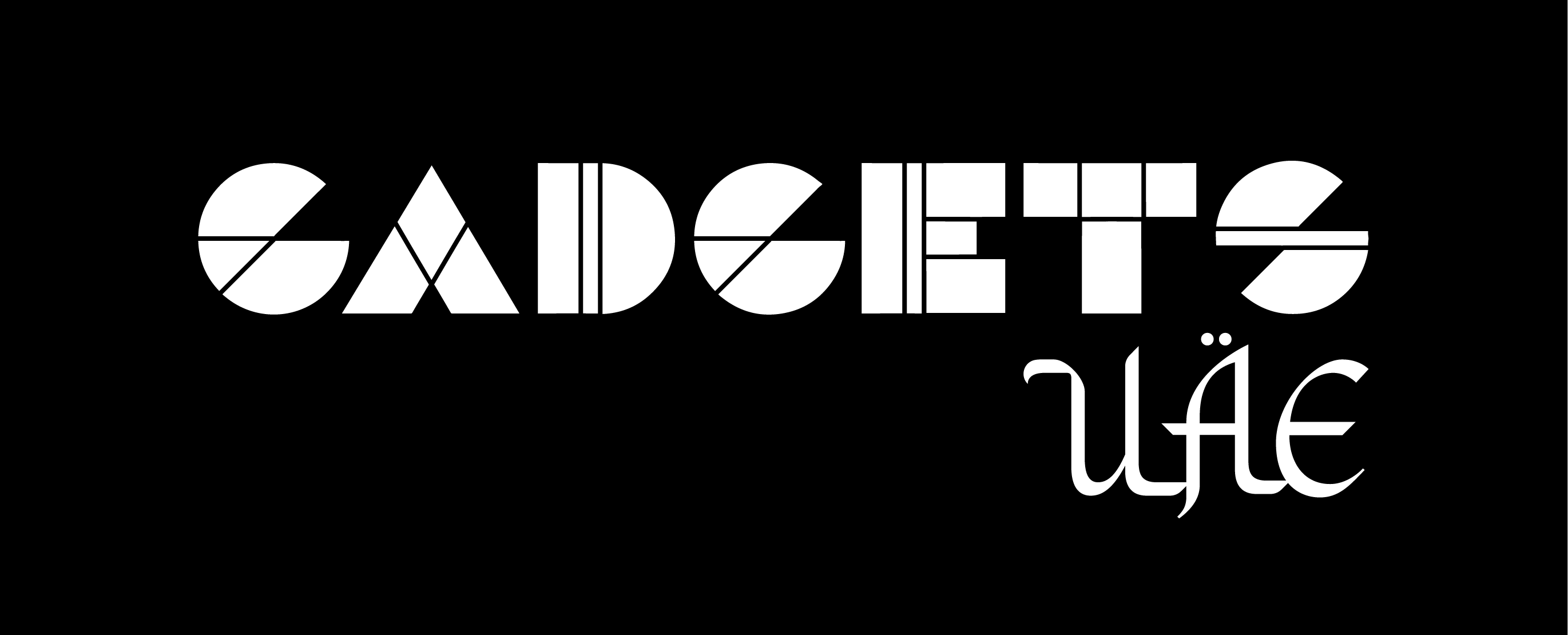
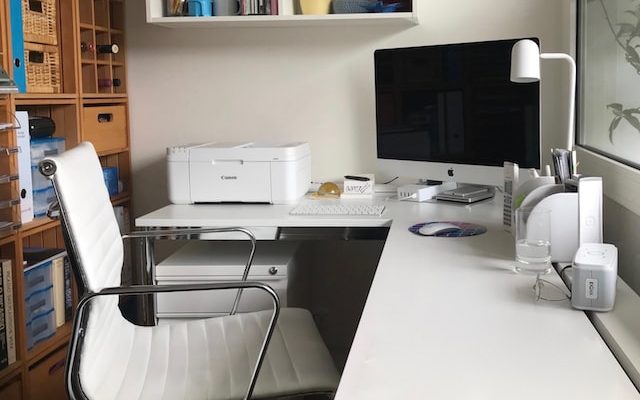
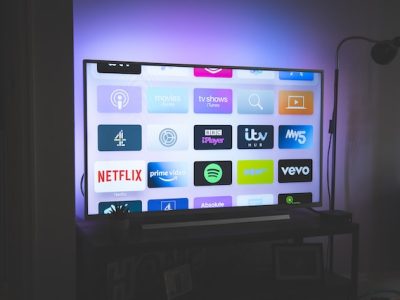
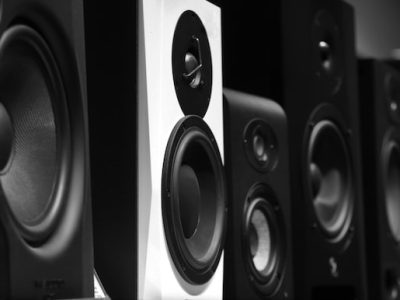
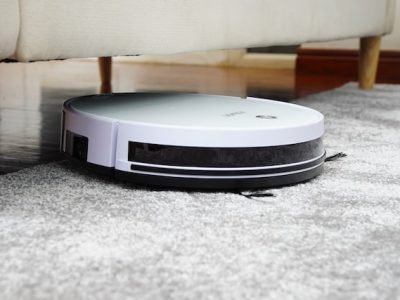
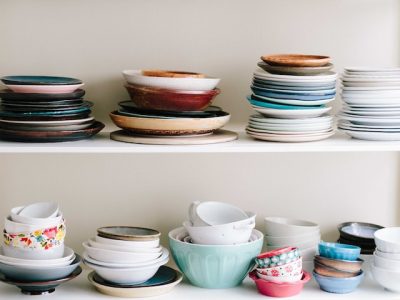
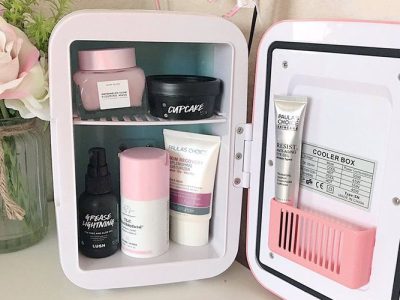
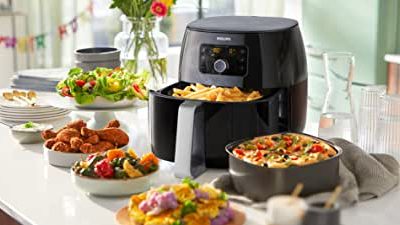
Comments